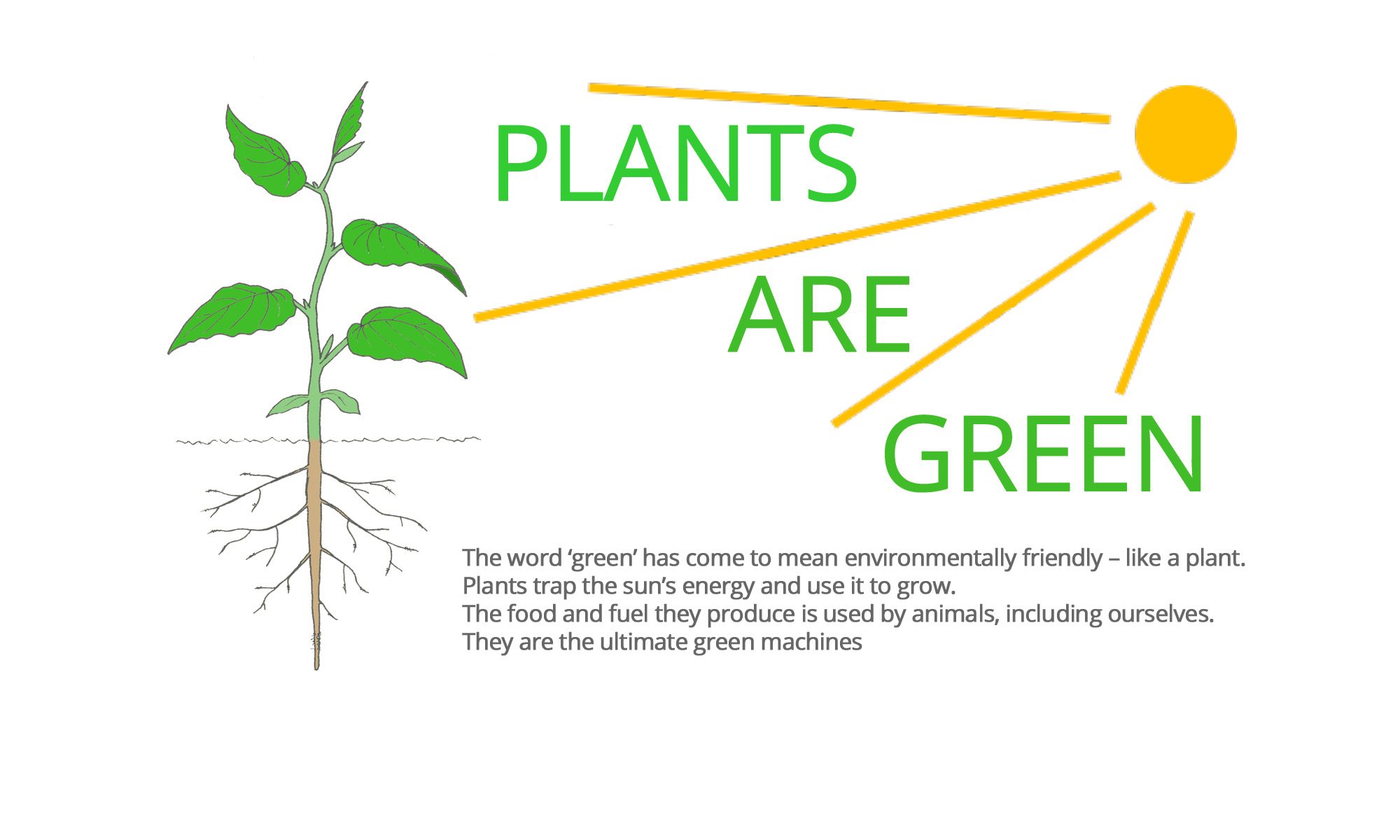PLANTS ARE GREEN is relevant to all plants, cultivated or wild. It describes plant structure and function with emphasis on the ways in which plants respond to the environment and interact with other living things. It also traces the evolution of plants and explains the fundamental differences between mosses, ferns, conifers and flowering plants. The final section shows how plants form communities adapted to the great variety of environments to be found in Britain and Ireland. This is not a course on plant identification, ecology or horticulture, but an understanding of plant variation and growth requirements gives a sound basis to all of these disciplines. The ‘What next?’ section provides a list of recommended books, websites and organisations to join in order to pursue your interests further.
Although you can learn a lot from reading and looking at pictures you have to handle plants and watch them grow in order to understand them fully. The practical component of the course is aimed principally at observation, and not at learning names.
‘To look at a thing is very different from seeing a thing. One does not see anything until one sees its beauty. Then, and then only, does it come into existence.’
Oscar Wilde
PLANTS ARE GREEN is produced by the same team as Identiplant, the on-line course in the field identification of wild plants in Britain and Ireland – www.identiplant.co.uk, written by Brenda Harold, administered by the Field Studies Council and supported by the Botanical Society of Britain and Ireland. This course can be taken before or after Identiplant or as a completely separate stand-alone course.
Course content
(Boxes give additional, usually more advanced, optional information)
| 1 | PLANTS ARE GREEN | 5 | REPRODUCTION |
| The carbon cycle Respiration Minerals – Box: Carbohydrates |
Sex or no sex? Asexual reproduction Immortality? |
||
| 2 | PLANT STRUCTURE | 6 | FRIENDS AND FOES |
| Cells Leaves Roots Plumbing and structural engineering – Box: Osmosis – Box: Wood – Box: Xylem & phloem |
Unfriendly neighbours How not to get eaten How to woo a bee (or a humming bird) Dispersing the offspring |
||
| 3 | GROWTH AND ADAPTATIONS | 7 | THE PLANT KINGDOM |
| Germination Meristems Challenging environments |
Part 1 The beginning (green algae)BOX: Fungi and lichens Mosses and liverworts (bryophytes) Ferns and their allies (seedless vascular plants) Part 2 Conifers and their allies (gymnosperms) Flowering plants (angiosperms) |
||
| 4 | WHO GIVES THE ORDERS? | 8 | PLANT COMMUNITIES |
| Calendars and Clocks – Box: Arabidopsis and plant research Dormancy Plastic plants The go-betweens |
Part 1 Habitats and ecosystems Woodland Grassland, heath and moorland Part 2 Wetlands – bogs, fen and water Coastal, alpine and man-made habitats |
Practical Exercises
SET 1: KITCHEN & GARDEN PHYSIOLOGY (covering Units 1-4)
Osmosis; translocation of water; seed germination; plant form.
SET 2: PLANT DIVERSITY (covering Units 5-7)
Asexual reproduction; insect visitors; mosses; ferns; conifers; flowering plants.
SET 3: PLANT COMMUNITIES (covering Unit 8)
Woodland; grassland; one other habitat of choice.
